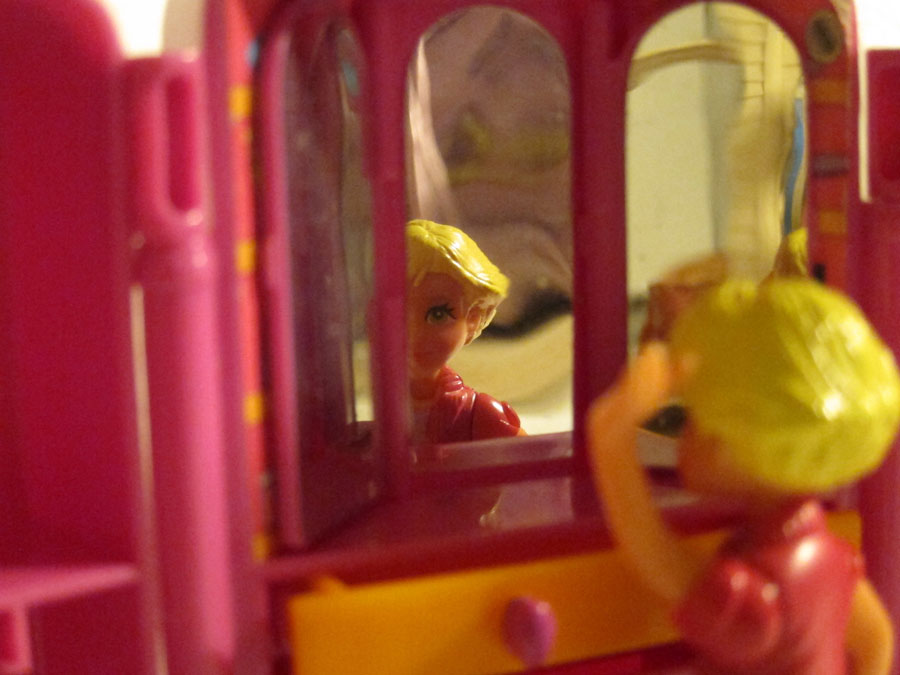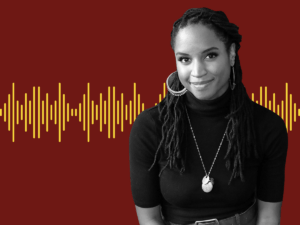
July 22, 2020; Rolling Stone
One thing I learned as an organizer is to never use a narrative that you may have work against in the future. It came to mind when I scrolled through my Twitter feed this week and saw the Portland Moms protest.
For those of you who may have missed it, Rolling Stone’s Tim Dickinson describes it this way: “Hundreds of mothers from across the city have shown up downtown this week, wearing yellow shirts and bike helmets or hard hats and improvised goggles. They’ve locked arms near the front of the protests to form a ‘Wall of Moms,’ attempting to shield younger, edgier protestors from law enforcement violence.”
And, Reuters explains:
Images of federal agents wearing camouflage whisking away Portland demonstrators in unmarked vehicles last week mobilized the mothers. Protests against racial injustice have rocked the largely white city for nearly two months since the death of Black man George Floyd in Minneapolis police custody.
…
Portland’s mothers thought agents from the Department of Homeland Security and other federal agencies would not act against them at their first demonstration Sunday at the courthouse. They were wrong.
The white moms did not expect to be tear gassed. They hoped their privilege immunized them against white male violence. Signs like, “I’m so disappointed in you – mom,” seem almost quaint, innocent of the real violence of power, which is what white women are offered in exchange for complicity. That is the narrative that is being shattered; because they are trying not to be complicit.
Dickinson senses this. He writes,
The Wall of Moms draws on a long history of anti-authoritarian activism, particularly in Latin America where mother protesters famously demanded accountability for the thousands “disappeared” by right-wing regimes in Argentina and Chile. But the arrival of these demonstrators to protests that arose out of fury against official violence against Black people is complex. The layers of race- and class- and gender- privilege and expectation and subversion involved when a large group of (largely) white mothers shows up to make it more challenging for armed federal agents to injure marginalized people require a lot of unpacking.
Further, Washington Post’s Melissa J. Lang writes,
Though the Wall of Moms has become an overnight Internet sensation, the group has also attracted skepticism. Some scholars and racial justice activists have criticized the group and the attention it has attracted for centering the voices of mostly white mothers.
Black mothers have been calling for criminal justice reform and racial equity for many years. They have lost sons and daughters at the hands of police. A group of seven mothers who have lost African American children to police action or gun violence, known as the Mothers of the Movement, have toured around the United States to protests and conferences. But they have never gone viral quite like the Wall of Moms.
The Wall of Moms, which already has a website and chapters in six cities, says its purpose is to amplify the voices of moms of color, but are they?
Sign up for our free newsletters
Subscribe to NPQ's newsletters to have our top stories delivered directly to your inbox.
By signing up, you agree to our privacy policy and terms of use, and to receive messages from NPQ and our partners.
According to Reuters, some are experiencing a discrepancy between what is said and what is done: “Some activists such as E. Gomez have broken away from the moms group, frustrated by what she calls ‘boomer-aged white women and men’ leaders who do not listen to concerns that they are drowning out the voices of people of color.”
Interestingly, another similar social media event went in a different direction. US Navy Veteran Chris David also became a viral sensation this week with a video of federal agents in Portland pepper spraying him and beating him, breaking his wrist. David told an ABC News reporter Kayna Whitworth that the media response to him is overblown and that he intends to refocus any attention he gets to Black Lives Matter and Black people.
Navy vet seen in viral vid
clashing w/federal officers in Portland tells @ABC he wants to use attention on him “to refocus
this whole discussion back to Black Lives Matter.”“If I had been a black
veteran…do you think I would have gotten as much attention as I did?” pic.twitter.com/OZHsFCqkE3— Evan
McMurry (@evanmcmurry) July 22, 2020
In explaining the need for this refocusing to Whitworth, he says, “I was an old white guy that got beat down. That’s an acute situation, right? Being a black person in this country is a chronic situation every day. So, no, I didn’t get a taste. I just got beat up.”
…..
Is the outrage against what is happening to white moms’ convertible to black lives?
In the case of the Wall of Moms, it’s not clear whether the purpose of the activation of the protected-white-mother narrative is to extend that protection to people of color, or whether that is even possible.
Delving further into it, David says, “If I had been a black veteran that had gotten beaten down, do you think I would have gotten as much attention as I did?”
Whitford, with a concerned look on her face, apparently naive to the racial aspects of power, says, “Yes.”
When David responds, “Really?” She hesitates, “I hope so.”
These narrative events bring up interesting questions: Can you use one dominant narrative to challenge another dominant narrative—for social change? Does activating a dominant narrative simply reinforce it? Does it do both? —Cyndi Suarez












